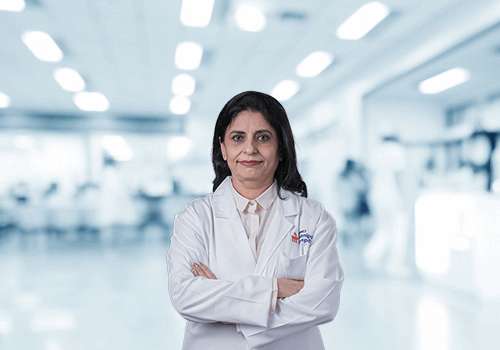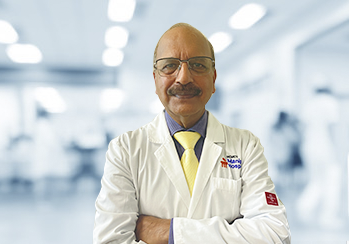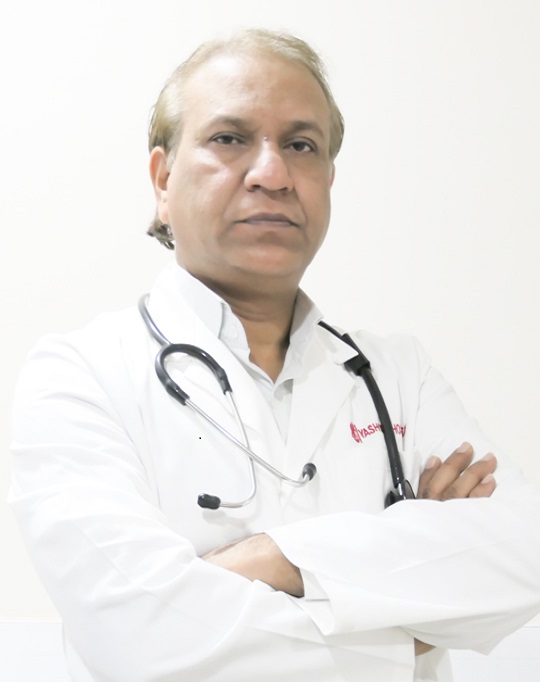Deep vein thrombosis management and treatment involves an elaborate approach to address the condition. The ultimate aim is to reduce the risk of complications associated with DVT. Some commonly employed techniques are:
Non-Surgical Treatment
The symptoms of DVT can be managed through a variety of non-invasive methods. These include:
Home Remedies
It can complement conventional deep vein thrombosis therapy. These include:
- Using a footrest or propping the legs on a stool can benefit. This practice helps prevent blood from pooling in the lower extremities.
- Wear loose-fitting clothes and comfortable shoes to avoid pressure on veins.
- Use compression stockings to enhance blood flow.
Ayurvedic Treatment
This offers natural approaches for managing deep vein thrombosis and improving circulation. These are listed below:
- Turmeric and ginger can have anti-inflammatory and blood-thinning properties.
- Specific Ayurvedic massages and therapies, such as Abhyanga (oil massage) and Panchakarma (detoxification), may help improve circulation and reduce swelling. Trained practitioners should perform these.
Homoeopathic Treatment
Remedies like Arnica montana, Arsenicum album, Ledum palustre, Rhus Toxicodendron, and Belladonna are known to dissolve blood clots. They play a role in managing and reducing the reappearance of deep vein thrombosis symptoms.
Medications
There are several deep vein thrombosis medications present at the doctor's disposal. These broadly include:
- Blood-thinning Medications: Anticoagulants (blood thinners) form the foundation of deep vein thrombosis treatment. They prevent existing blood clots from growing larger and new clots from forming.
- Thrombolytic Therapy: In severe deep vein thrombosis cases, thrombolytic therapy may be considered. This involves administering medications like tissue plasminogen activator (tPA) to expedite clot dissolution.
It is usually reserved for critical situations due to the increased bleeding risk.
Note that medications should only be taken with the doctor's prescription. The duration of medication can vary depending on factors such as the causes of deep vein thrombosis and the patient's overall health.
Surgical Procedures
When home remedies and medications fail to provide relief, surgical procedures can be used to treat DVT. These include:
- Inferior Vena Cava (IVC) Filters: An IVC filter may be inserted into the inferior vena cava. This filter prevents clots from reaching the lungs but does not treat existing deep vein thrombosis. It's considered when treatment options are limited.
- Catheter-directed Thrombolysis: This minimally invasive procedure employs a catheter to deliver thrombolytic medication directly to the clot site. This aids in more efficient clot dissolution while minimising systemic bleeding risk.
- Thrombectomy: It is a surgical procedure in which a surgeon removes the clot directly from the vein. It may be contemplated in severe cases or when thrombolytic therapy proves ineffective. Techniques encompass mechanical thrombectomy and pharmaco-mechanical thrombolysis.
- Venous Stent Placement: In certain situations, a venous stent may be necessary to maintain blood flow in the affected vein, especially in chronic deep vein thrombosis or venous narrowing.
- Balloon Angioplasty: This involves using a balloon catheter to widen a narrowed or blocked vein. It is often combined with stent placement to improve venous flow.
Note that deep vein thrombosis treatment plans are tailored to each patient's specific problems and medical history.
Cost of Deep Vein Thrombosis Treatment
The deep vein thrombosis treatment cost can change based on the procedure employed. It can also vary based on the patient's condition, severity, and the hospital or city where the procedure is undertaken. Given below is an estimated price range of some common DVT treatment methods:
Procedure | Cost Estimate Range |
Thrombectomy | ₹ 80,000 - ₹ 1,50,000 |

























